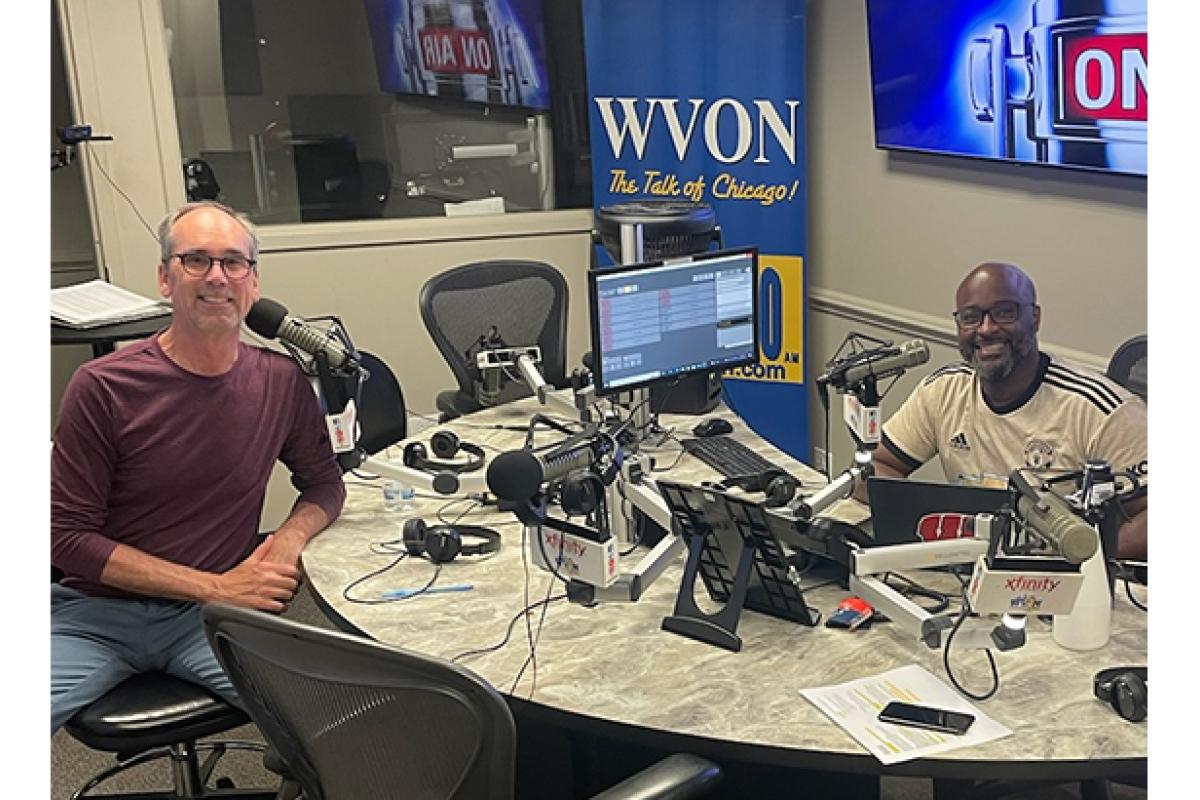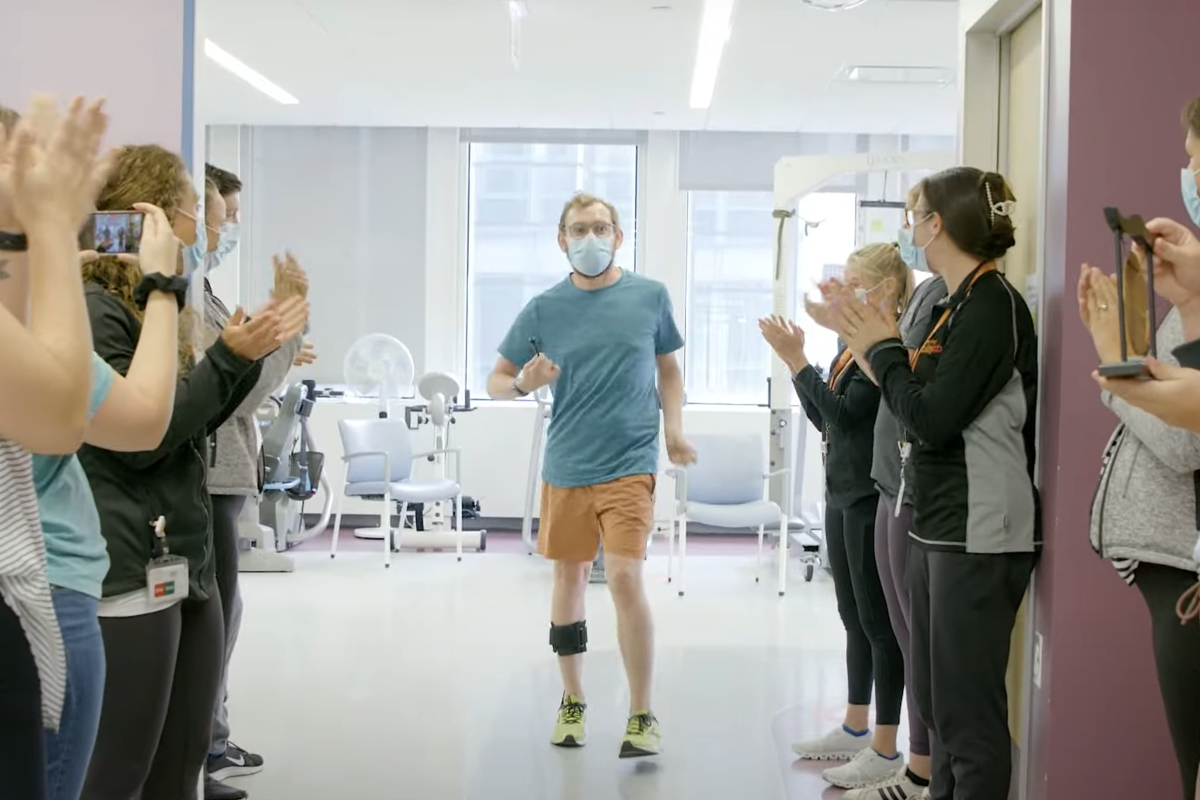Not Finding What You're Looking For?

COMPLETE: Evaluation of a Soft Exosuit for Acute Stroke Recovery
The first arm of this study aims to develop individualized controller parameters and a training progression program for inpatients post stroke utilizing the soft exo suit.
Research Project

Locomotor Function Following Transcutaneous Electrical Spinal Cord Stimulation in Individuals with Hemiplegic Stroke
Despite advances in stroke rehabilitation, more than two-thirds of the 7 million stroke survivors in the U.S. still struggle to walk independently in their communities. Most current therapies focus on stimulating the brain areas that control leg movement, yet many stroke survivors continue to face issues like poor coordination, spasticity, and muscle weakness. We propose a different approach—using electrical stimulation of the spinal cord to improve walking after stroke.
Research Project

Bilateral Priming for Upper Extremity Hemiparesis
The purpose of the study is to determine the best treatment for the arm that has been affected by a stroke. The investigators plan to determine if the arm affected by a stroke will improve with a combination of motor priming and motor training.
Research Project

Functional Connectivity in the Upper Limb for Individuals Post-Stroke
This project focuses on the neuroplastic mechanisms that enable some people with stroke to regain high quality control of their paretic arm post-stroke.
Research Project

Recovering Arm Functionality: Dr. Stoykov on Brain Injury
Dr. Mary Stoykov contributes to chapter 5 of "Healing the Broken Brain", explaining why the arm and hand recover slowest after a paralyzing incident such as a stroke or brain injury.
In the News

Dr. Richard Harvey Returns to WVON's Community Health Focus to Discuss Stroke Recovery
Richard Harvey, MD, clinical chair, Brain Innovation Center, appeared on Community Health Focus on WVON Chicago to discuss stroke recovery.
News

Kyle's Journey with Locked-in Syndrome
At 30 years old, Kyle experienced a rare brainstem stroke causing a condition called locked-in syndrome. Although his cognitive abilities were completely intact, he was unable to move or talk.
Patient Story

Wearable Sensor Platform to Monitor Stroke Recovery During Inpatient Rehabilitation
The purpose of this study is to assess the feasibility of continuous long-term monitoring of inpatients with stroke using wearable sensors.
Age Range
18-99
Clinical Trial

Wearable Airbag Technology to Mitigate Falls in Individuals With High Fall Risk
The purpose of this study is to evaluate the feasibility and efficacy of a smart airbag system that detects and mitigates fall-related impact in individuals with high fall risk.
Age Range
18-85
Clinical Trial

Mobile Rehabilitation for Daily Life Participation Post-Stroke
The researchers will focus on variability in depressed mood and quality of life among stroke survivors, and social support, a protective factor with a potential buffering effect on daily function and mood.
Research Project
Wearable Sensor for Encouraging Movement Practice
Developing and piloting a non-obtrusive wearable sensor that accurately measures important movements, including steps, arm/hand activity, and limb movements.
Page

Robotic Treadmill for Intense, Adaptive Propulsion Training
We will fabricate an innovative split-belt treadmill system that allows backward-directed, real-time-adaptive, resistive forces applied to the pelvis.
Page